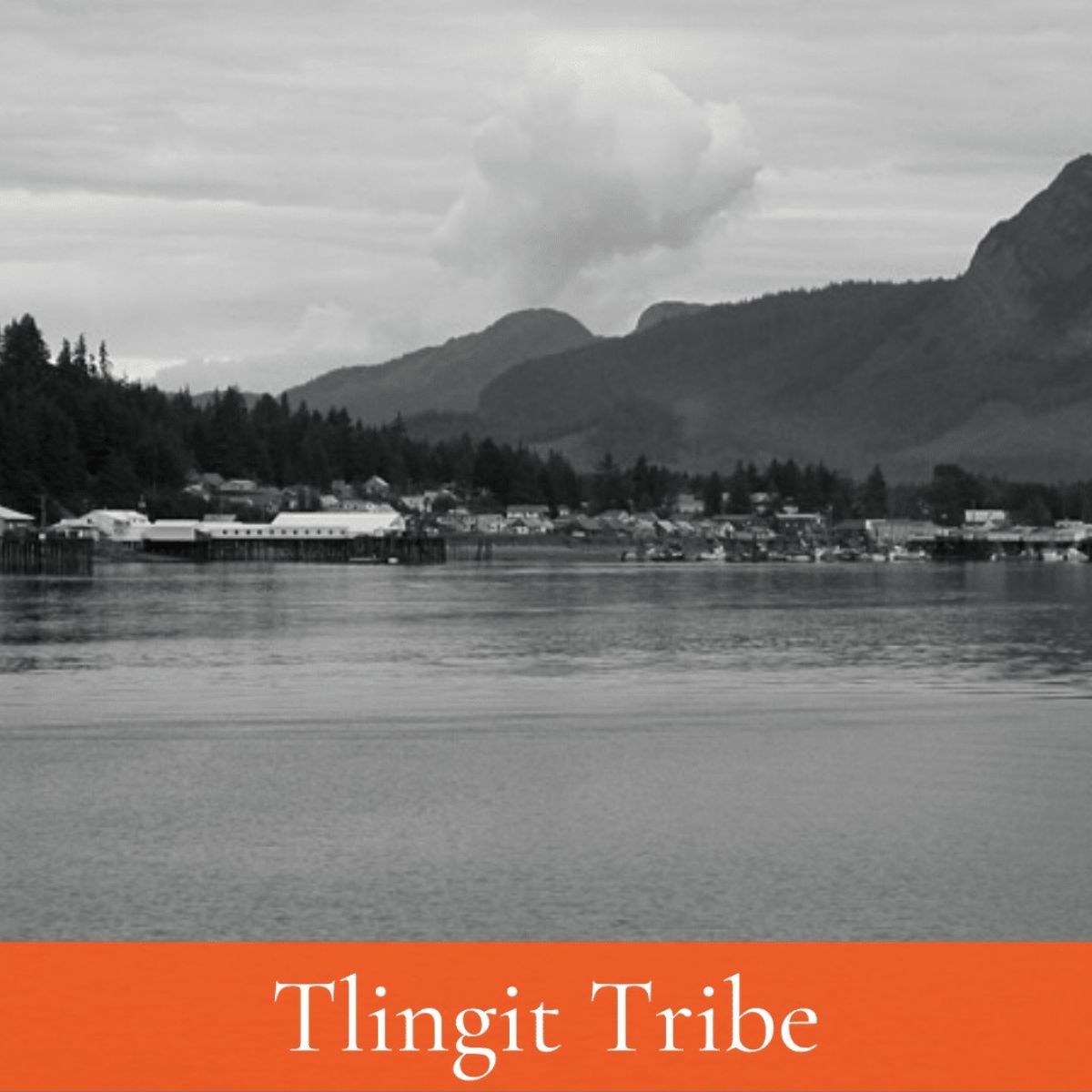Welcome to Facts Vibes! Today, we’re diving into the rich history and culture of the Tlingit tribe. Discover 10 intriguing facts about this indigenous group, from their traditional artistry to their deep spiritual beliefs. Join us as we delve into the fascinating world of the Tlingit people.
The Rich Culture and History of the Tlingit Tribe
The Tlingit tribe boasts a rich culture and history that is deeply intertwined with their ancestral lands in the Pacific Northwest. Their traditional way of life, including their sophisticated artistry, intricate social structure, and spiritual beliefs, has been passed down through generations. The Tlingit people are renowned for their exceptional woodworking, particularly their intricate totem poles and canoes, as well as their distinctive style of ceremonial regalia. Furthermore, their oral traditions, which include captivating myths, legends, and histories, provide valuable insights into their belief systems and how they interpret the world around them.
The Tlingit tribe’s history is also marked by their interactions with Russian and European traders and explorers, leading to significant changes in their way of life. Despite the challenges they have faced, the Tlingit people have worked tirelessly to preserve their unique cultural practices and pass them on to future generations. Today, the Tlingit tribe continues to celebrate and honor their legacy through traditional potlatch ceremonies, dances, and community gatherings, reaffirming the enduring strength of their cultural heritage.
Overall, the Tlingit tribe embodies a profound sense of resilience, creativity, and reverence for their ancestral traditions, contributing to the rich tapestry of Indigenous cultures in North America.
Most popular facts
The Tlingit tribe is indigenous to Southeast Alaska and the coastal regions of British Columbia and the Yukon Territory in Canada.
The Tlingit tribe is indigenous to Southeast Alaska and the coastal regions of British Columbia and the Yukon Territory in Canada.
They have a matrilineal kinship system, where clan membership and inheritance are determined through the mother’s line.
In the context of Information and facts, a matrilineal kinship system determines clan membership and inheritance through the mother’s line.
Traditional Tlingit society is organized into moieties, or two large kinship groups, known as Raven and Eagle.
In Traditional Tlingit society, moieties are organized into two large kinship groups, known as Raven and Eagle.
Potlatches, or ceremonial gatherings, are an important aspect of Tlingit culture, where wealth and status are displayed and redistributed.
Potlatches are ceremonial gatherings that play a significant role in Tlingit culture, where wealth and status are displayed and redistributed.
Tlingit art is known for its intricate formline designs, which are used in carving, weaving, and other artistic expressions.
Tlingit art is known for its intricate formline designs, which are used in carving, weaving, and other artistic expressions.
The Tlingit language is part of the Tlingit-Haida language family and has three main dialects: the northern, southern, and inland dialects.
The Tlingit language is part of the Tlingit-Haida language family and has three main dialects: the northern, southern, and inland dialects.
Tlingit traditional territory includes the Tongass National Forest, which is the largest national forest in the United States.
Tlingit traditional territory includes the Tongass National Forest, which is the largest national forest in the United States.
Their traditional economy revolved around fishing, hunting, and gathering, with salmon being a particularly important resource.
Their traditional economy revolved around fishing, hunting, and gathering, with salmon being a particularly important resource.
Tlingit communities historically lived in large cedar plank houses, often in coastal or riverside locations.
Tlingit communities historically lived in large cedar plank houses, often in coastal or riverside locations.
Tlingit oral traditions, including myths, legends, and clan histories, are passed down through storytelling and are integral to their cultural heritage.
Tlingit oral traditions are integral to their cultural heritage and are passed down through storytelling.
The Tlingit people have a rich tradition of totem pole carving, depicting clan crests, legends, and important events.
The Tlingit people have a rich tradition of totem pole carving, depicting clan crests, legends, and important events.
In Tlingit society, the role of clan leaders, known as “chiefs,” was based on inherited prestige and leadership qualities.
In Tlingit society, the role of clan leaders, known as “chiefs,” was based on inherited prestige and leadership qualities.
The arrival of Russian fur traders in Tlingit territory in the 18th century had a significant impact on their traditional way of life.
The arrival of Russian fur traders in Tlingit territory in the 18th century had a significant impact on their traditional way of life.
Conflict and warfare were a part of Tlingit history, with intertribal conflicts and confrontations with Russian and later American forces.
Conflict and warfare were a part of Tlingit history, involving intertribal conflicts and confrontations with Russian and later American forces.
Today, many Tlingit people continue to practice their cultural traditions while also engaging in modern professions and activities.
Sure! Today, many Tlingit people continue to practice their cultural traditions while also engaging in modern professions and activities.
In conclusion, the Tlingit tribe has a rich cultural heritage that is deeply intertwined with their traditional beliefs, social structure, and artistic expressions. Through these 10 fascinating facts, we have gained a deeper understanding of their history, customs, and enduring legacy. It is important to continue learning about and appreciating the unique contributions of the Tlingit people to our world.
